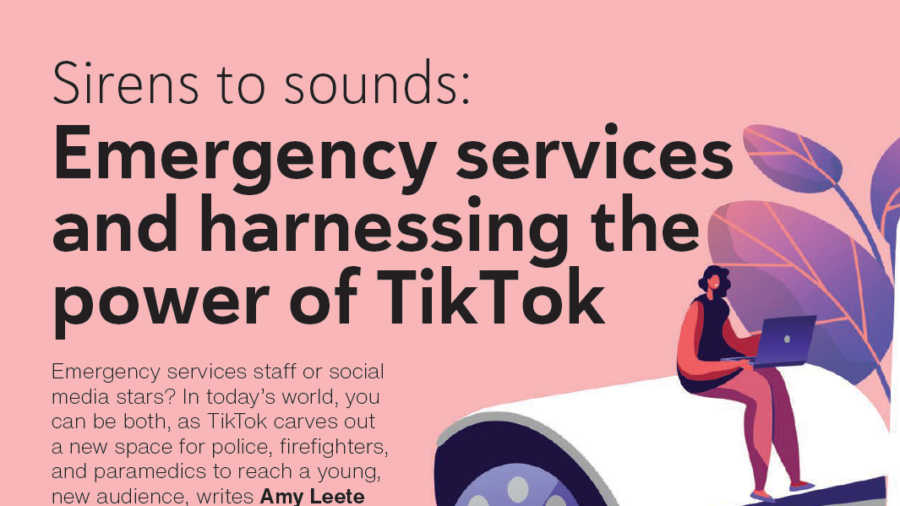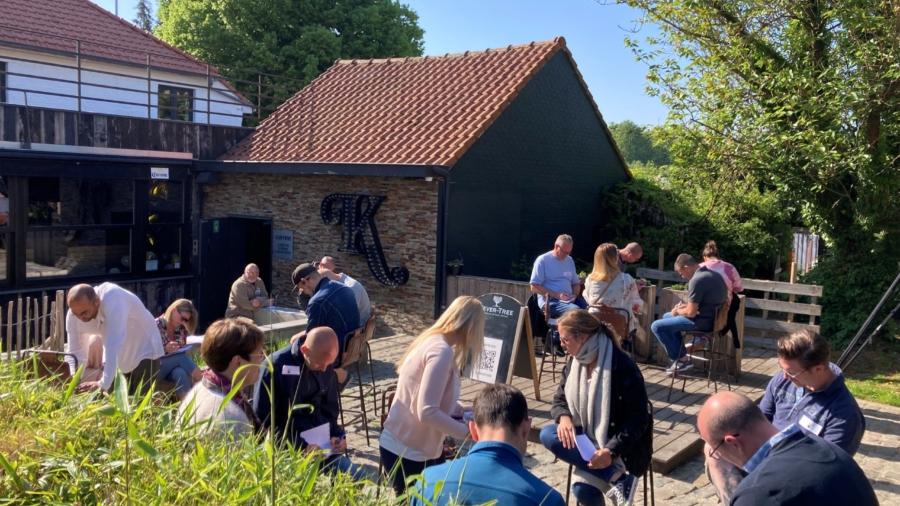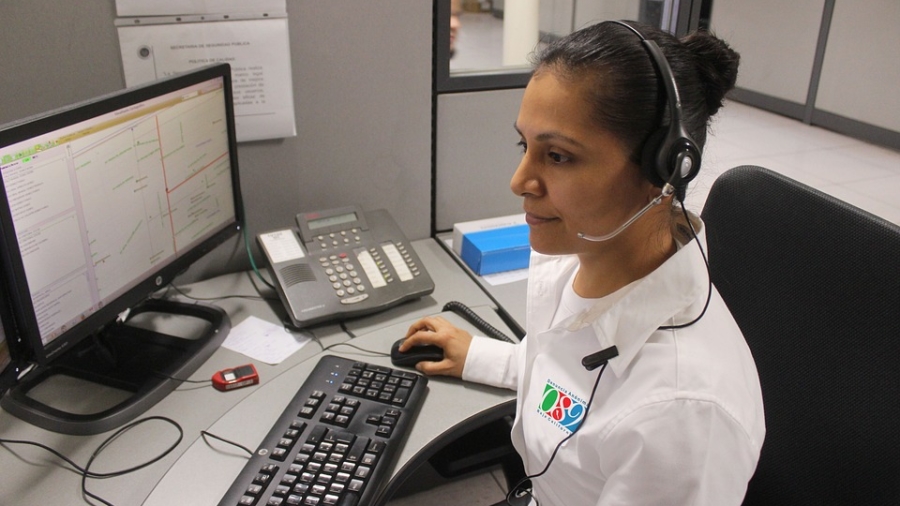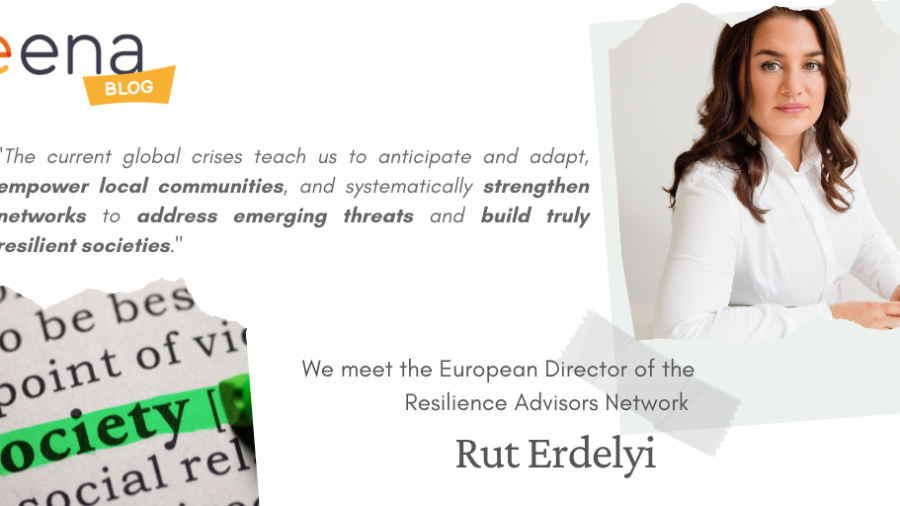In this blogpost, Jules Lockett from the London Ambulance Service addresses the mental impact of frontline work in emergency services, and presents practices and initiatives to improve mental wellbeing.
Sirens to Sounds: Emergency Services and Harnessing the Power of TikTok
Emergency service staff… or social media star? In today’s world, you can be both – as TikTok carves out a new space for police, firefighters, and paramedics to reach a young, new audience.
How the Brussels Fire Brigade is promoting mental health at work
Mental health has moved from a taboo subject to an essential health service that must be seriously considered. The COVID-19 pandemic has triggered the mental health and wellbeing of people worldwide, which has led to increased levels of anxiety, depression disorders and concerns about suicide ideation.
A systematic approach to maintaining a high “Stridsvärde”*
*”Stridsvärde” is our capacity to perform a specific task. It includes both physical and psychological abilities. It is dynamic and changes depending on recovery, preparation, experience and expectations.
Keeping track of the current stridsvärde helps us not just to realize when we are likely to succeed (high stridsvärde) or risk putting too much pressure on personnel (low stridsvärde).
Ergonomics for Emergency Dispatchers
You may know emergency dispatchers as the people at the end of an emergency call that helps people through some of the worst moments in life. But behind calm voices are stressed out individuals, with Chron mentioning that they typically have 8- or 12-hour shifts, with some shifts lasting as long as 24 hours. Emergency dispatchers are also usually required to work on weekends and holidays. That means, being a dispatcher is mentally and emotionally taxing, requiring sustained attentiveness, waiting for calls to come through and acting as an intermediary between a caller and rescue workers.
EENA meets Rut Erdelyi to talk about resilience
When a disaster strikes, it is important for society to be able to resist, adapt, transform, and recover from the hazard in an efficient and quick manner. But how can we build societal resilience for a safer world?
Marta Azevedo Silva, our Communication & Press Manager, had a conversation with Rut Erdelyi, European Director of The Resilience Advisors Network to talk about embracing change, building capacity and innovative ideas to address threats and understand how we can strengthen community resilience in disasters and emergencies.
Seeking help for mental wellness: a sign of courage
Recently, I was speaking to a colleague who reluctantly shared they were seeing a counsellor to deal with some issues. This long-tenured industry professional was struggling with being viewed differently. I applauded the courage the individual was showing and the leadership that was being demonstrated by the very act of seeking help.
Inside the emergency call centre: designing a PSAP
There are always many factors to consider when designing a new building. Design becomes even more important when this building will be the place where emergency call-takers carry out lifesaving work.








